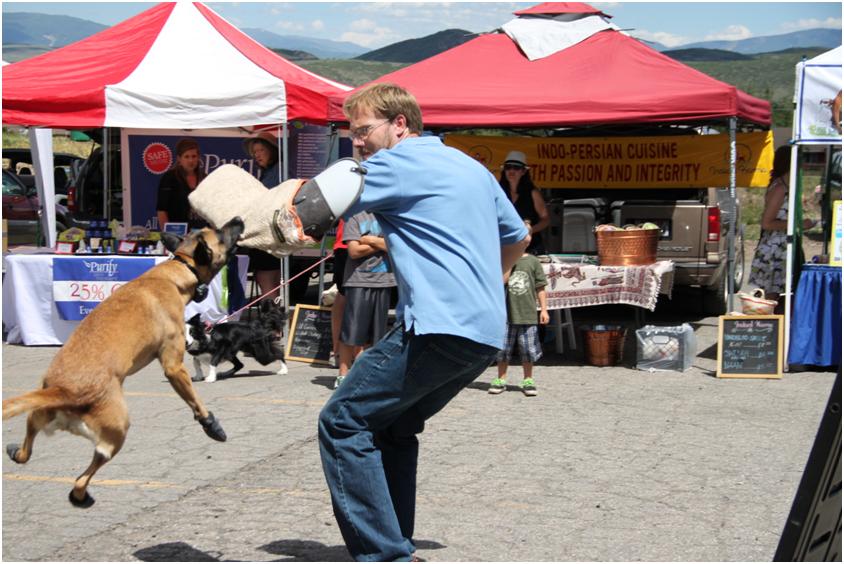Take the Bite Out of Summer


It’s warm, it’s inviting and it’s all day. But playing outside in the summer isn’t always safe. Sure we get that the sun causes cancer, wrinkles and burns; that snakes bite and bees sting and ivy itches. However, a new report from the University of Missouri shows danger also lurks with man’s best friend. Approximately 4.5 million Americans—about half of whom are children—are bitten by dogs each year and the majority of those happen in the summer. We’ve got festivals, parades, farmers markets and days at the park. Hiking, mountain biking and trail running. All sorts of opportunities for clashing. Getting bitten by a dog is the fifth most frequent cause of youth visits to emergency rooms and the American Society of Plastic Surgeons reports that about 27,000 reconstructive procedures were done to repair damage from dog bites in 2013. Summer puts a bite in the air.
The warm weather lures kids, people and dogs outside for what should be playful interaction. Unfortunately, even around “good” dogs, accidents happen. Any dog, any size, has the potential to bite but with a little forethought, the bites are largely preventable.
Here are some Don’ts to share with your family and friends:
Avoid a dog you know has a history of aggressive behavior. If you are visiting friends and family, politely ask them to put their dog in another room. Make sure your child tells you if a dog is acting strangely or growling.
Don’t pet a dog on a leash or tied up without the owner’s presence and permission. Dogs that are generally well-behaved and friendly can become Tasmanian devils on leash. A dog can get excited by his outdoor surroundings yet frustrated and angry by the physical restraint. He may also be fearful of tiny bodies wildly approaching them, hands outstretched and mouths screaming. Because he can’t run, he’s unable to avoid an encounter and may fight back to protect his space or himself.
Teach your child the right way to approach a dog. Make sure he understands to ask, “Is it ok if I pet your dog?” Offer the back of your hand to his nose. If he sniffs or licks it, it’s now ok to pet the top of his head. Don’t reach around by his ears or his feet; don’t try to make them roll over and don’t get eye to eye and smile. Dogs see teeth and think they’re being threatened.
Do not run or scream if a dog approaches you. Stay calm, still, avoid direct eye contact and, if the dog is aggressive, in a firm, strong, calm voice say something like, “NO! Get back! Bad dog.” Put your hands to your sides and curl your fingers into fists. If you are already on the ground, curl into a ball and protect your head; still keeping your fingers tucked in.

Pet owners who know their dog can be aggressive should do more than lock away their animals and avoid the situation:
-
Socialize and train your dog! Teach the dog submissive behaviors like rolling over and giving up food without growling.
-
Don’t play aggressive games with your dog (e.g., tug and wrestling).
-
Spay or neuter pet dogs.

Half of all children will be bitten by a dog by the time they are high school seniors and the bites frequently occur to the face, which can result in severe lacerations, infection and permanent scarring. If you or your child is bitten, clean the affected area with soap and water, wrap it with a clean bandage or dressing, and head straight to the ER and demand a plastics specialist. Make sure that you request proof of rabies vaccination from the dog owner and get the owner’s name and contact information for follow up later. But most importantly- Try not to blame the dog. If it was hot and you were cornered and someone had their hands all over you, you’d probably lash out too.


